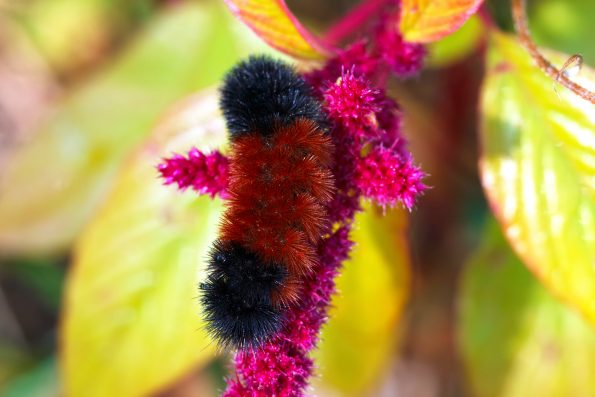Have you ever been a fan of Groundhog Day? No, I’m not talking about the movie with Bill Murray. I’m talking about the actual holiday, where America and Canada wait in anticipation to know if a famous groundhog will see its shadow, predicting if spring is on its way or if we have to suffer through a few more weeks of winter.
In one small town, residents aren’t turning to groundhogs to make weather predictions; they’re turning to caterpillars.
In North Carolina, residents and visitors of the small town Banner Elk attend the Woolly Worm Festival every year to race caterpillars and predict the year’s upcoming weather pattern based on the segments of a woolly worm caterpillar.
The festival is held in the mountain town of Banner Elk, and its founder, Jim Morton, was inspired to start the annual tradition after hearing the folklore surrounding woolly worms. The woolly worms are ‘read,’ and their bodies are visually broken down into 13 segments.
The segment closest to the caterpillar’s head corresponds with the first week of winter, while the segment closest to it’s rear-end corresponds to the last week of winter. All in all, the 13 segments equal the 13 weeks of winter.
So, when reading a woolly worm, if its segments are mostly an amber-rust color, that means there will be average temperatures.
A lighter brown segment indicates above-average temperatures and a milder winter. If the segments are more black, a more severe winter of below-average temperatures is upon us.
But which woolly worm is the ‘chosen one’ to be read?
Well, people go to the Woolly Worm Festival with their own woolly worms and race them in a caterpillar race on the third weekend of October.

Sign up for Chip Chick’s newsletter and get stories like this delivered to your inbox.


